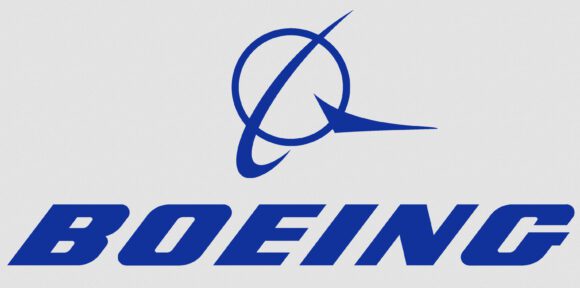Everyone understands that aerospace programs are complex and tough to industrialize. This is especially the case with new technologies – from new software to new materials. Can one discern learning curves that demonstrate how OEMs (with ever longer supply chains) are improving their processes?
We think so. The following chart shows the first delivery year (launch) and then the next five years for Airbus and Boeing for selected programs. The vertical axis is the number of aircraft in operation. These are the two premier OEMs. If they can’t get it right, who can?
 As we can see Airbus had a tremendous success with the A330. But their next program, the A380 was a tough learning experience. At three years after first delivery, the A380 program was 86% behind where the A330 was. A380 launch issues are well documented. Then looking at the A350 we can see there has been an improvement – it is 370% ahead of where the A380 was, but still 35% behind the A330. This underscores how well executed the A330 program has been and how it was the right aircraft for market demand. It appears the A350 program is accelerating and we are likely to see the gap between the A330 and A350 shrink considerably by Launch +5.
As we can see Airbus had a tremendous success with the A330. But their next program, the A380 was a tough learning experience. At three years after first delivery, the A380 program was 86% behind where the A330 was. A380 launch issues are well documented. Then looking at the A350 we can see there has been an improvement – it is 370% ahead of where the A380 was, but still 35% behind the A330. This underscores how well executed the A330 program has been and how it was the right aircraft for market demand. It appears the A350 program is accelerating and we are likely to see the gap between the A330 and A350 shrink considerably by Launch +5.
In terms of the Boeing and the 787, the initial program challenges are well documented. But look how Boeing learned from the -8 to the -9. By year four (Launch +3), the 787-9 had 43% more aircraft in service than the -8 at the same period. The arrival of the -10 is therefore also something to watch.
It is no wonder that OEMs are deliberate when they consider launching a new aircraft programs. This is also why derivatives are so much more popular. Industrialization and supply chain headaches can cost staggering amounts over and above initial launch costs. Mistakes create financial chaos. It is no wonder that Airbus’ first version of the A350 so closely resembled the A330. It is also no surprise then that the A330neo was offered – the A330 has been such a great program, prolonging it is almost a natural outcome. It also clear why Boeing is focusing on a family approach with the 787, which is having a very good year. When you have a successful product and process, keep right at it.
Views: 9





USUALLY- learning curves relate to the manufacturing process and number of hours used to produce the first, 10, 50, 100 th unit. SWhn you mix in sales and deliveries, the concept of learning curves is lost or distorted. From memory, aeospace specifically aiplanes have usually hovered arouncd factors of the 100th airplane out the factory door requiring 1/13th to 1/15 the number of hours to produce-assemble as the first. sales and deliveriescurves are much different due to many factors NOT unde control or simple ratios.
IMHO- the comparisons made in this article may wll be misleading.